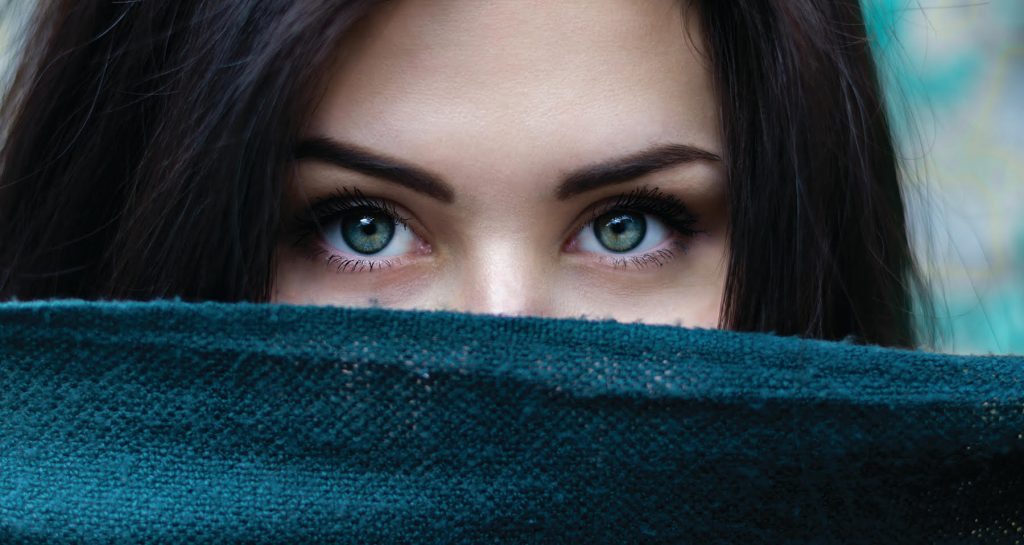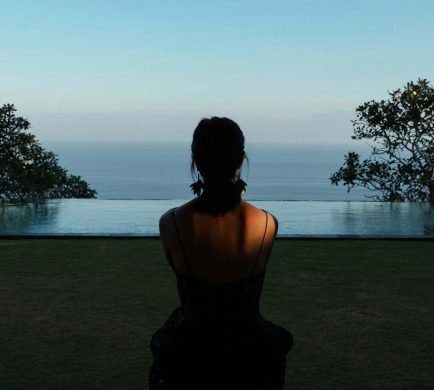By Lenstore & Phoebe Greenacre
Struggle to keep your eyes open? Find yourself squinting at excel? Keep complaining you have headaches? Staring at screens all day can have a bigger impact on your eyes than you might think, and unlike any other part of our body, our eyes are somewhat neglected when it comes to relaxing and de-stressing.
So how can we rectify this? When we feel stressed, some of us pick up the yoga mat and tune into YouTube to unwind and relax our bodies. Which poses the question: Why don’t we consider yoga for our eyes?
Lenstore has collaborated with holistic therapist, yoga, and meditation teacher Phoebe Greenacre to produce a video illustrating some eye yoga exercises to try out while working from home that will help reduce fatigue and strain. In addition, the contact lens retailer has recreated these eye yoga exercises as gifs for anyone to follow if they need a break from their screens.
The initiative, commissioned by Lenstore, wants to offer support to people spending a long time staring at screens, as well as provide those working from home with a few easy eye yoga movements that will help to fight eye fatigue.
Five easy eye yoga exercises to reduce eye strain
If you can’t wait until the live class, here are the five exercises to try out in the meantime:
1. Palming
This exercise consists of rubbing your palms together to create heat and placing your hands over your eyes for 10 seconds. This will allow any tension accumulated in the back of the eye to slowly decrease.
2. Rapid Blinking
This exercise consists of blinking very fast for 10-15 seconds and then allowing the eyes to close, settle, and soften. This exercise is particularly helpful for releasing the eyes from dryness and overuse.
3. Eye-rolling
This third exercise consists of rolling the eyes repeatedly clockwise and anti-clockwise. It is particularly good as it may help with strengthening the eye muscles and enhance the shape of both eyes.
4. Zooming
This exercise is great for focusing on and strengthening eye muscles. It consists of focusing on an object in the distance and staying there for a few seconds. Then move the focus onto an object closer to you and gaze at it for a few seconds. Finally reverse the gaze, starting from the middle object moving to the faraway one, and repeating these movements for a couple of minutes.
5. Figure of Eight
This exercise consists of raising a hand in front of the eye level, extending a thumb, and focusing on it while drawing a figure of eight shape in the air. After 30 seconds, switch directions.
Roshni Patel, BSc (Hons) MCOptom, Professional Services Manager at Lenstore comments:
“Based on my experience, I always recommend that people take regular breaks away from their screens whilst working from home. It is important to release the eyes not only from the blue light of digital devices but also from fatigue, which can be caused by the eye enduring high tension and strain from working with technology.
“Another great way to prevent eye fatigue is to follow the 20-20-20 rule, highly recommended by Optometrists and Opticians. This rule consists of looking at something 20 feet away, for a duration of 20 seconds for every 20 minutes spent staring at screens. It has been proved to be effective in helping to prevent digital eye strain.”
Lenstore has been changing the way consumers buy contact lenses since 2008 by making contact lenses fast, faff-free, and affordable.
We offer the big brand lenses our customers want, at small prices, delivered to their door. But our service doesn’t end here, our team of opticians and eye care experts are on hand to help you get the most out of your vision. Whether that’s help finding the right lenses, how to practice proper lens hygiene or even tips for how to manage hay fever. And we provide all our customers with free eye tests and contact lens checks.
Lenstore is here to help you manage your eye health in a way that suits you.
Note: To see the whole excursus please read this article in our November issue, pages 68-69)







